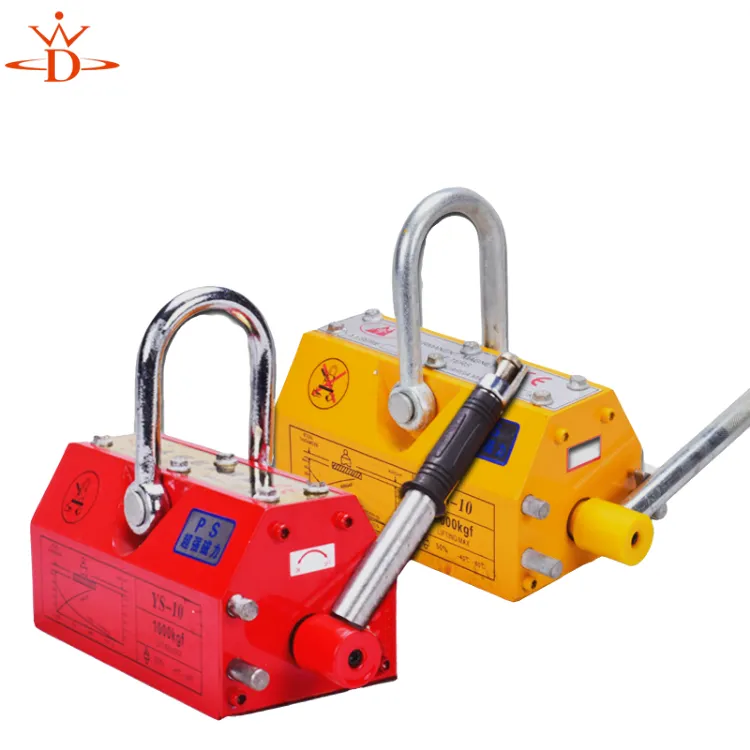machine moving & rigging
The Art and Science of Machinery Moving and Rigging
In the world of construction, manufacturing, and heavy industry, the terms machinery moving and rigging play a crucial role. These processes are essential to the installation, relocation, repair, and maintenance of heavy equipment, ensuring that such tasks are conducted safely and efficiently. This article will explore the intricacies of machinery moving and rigging, highlighting their importance, techniques, and best practices.
Understanding Machinery Moving
Machinery moving refers to the process of transporting heavy equipment from one location to another, whether within a facility, across town, or to a different state. This operation is complex, involving various strategies and equipment, often customized to meet the specific needs of the machinery being moved.
The first step in machinery moving is careful planning. This involves a thorough assessment of the equipment's weight, dimensions, and center of gravity. Understanding these factors is vital for determining the appropriate lifting equipment and method to use, ensuring both safety and efficiency. Additionally, site surveys are conducted to map out the path for the move, identifying any obstacles, potential hazards, or tight spaces that might complicate the procedure.
The Role of Rigging
Rigging is a critical aspect of machinery moving that involves the use of equipment, devices, and techniques to lift, lower, and secure heavy loads. The rigging process encompasses a variety of tools such as slings, hoists, clamps, and lifting beams. Selecting the right rigging equipment is essential, as it must be capable of supporting the load without risk of failure.
There are two main types of rigging 1. Static Rigging Involves securing loads that are not in motion, providing support during installation or assembly. 2. Dynamic Rigging Used for loads that need to be moved, typically involving lifting and lowering operations.
Techniques and Best Practices
machine moving & rigging

When it comes to the actual moving and rigging of machinery, there are several techniques that professionals should follow to ensure a safe and successful operation. Here are some key practices
1. Calculate Load Weight and Center of Gravity Understanding the weight and balance of the load is essential. Loads should always be lifted at their center of gravity to prevent tipping or swinging.
2. Choose the Right Equipment Selection of the appropriate rigging gear and machinery is crucial. This includes not only lifting devices but also transport equipment such as skates, dollies, and cranes.
3. Use Proper Rigging Techniques Different loads may require different rigging techniques. For example, a triangular hitch is often utilized for loads needing stability, while a choke hitch is advantageous for securing the load during transport.
4. Communicate Effectively Clear communication among team members is vital during any machinery moving operation. This includes using hand signals, radios, or other communication devices to coordinate movements and ensure everyone's safety.
5. Conduct Safety Checks Before commencing any lift, it is critical to conduct thorough inspections of the rigging gear and equipment. This includes checking for wear and tear, ensuring that all equipment is rated for the intended load.
6. Training and Certification Only trained and certified professionals should perform rigging and machinery moving tasks. Understanding the principles of load dynamics, rigging techniques, and safety protocols is crucial for minimizing risks.
Conclusion
Machinery moving and rigging is an art and science that combines technical skills, safety practices, and strategic planning. Whether relocating a single piece of equipment or orchestrating the movement of an entire factory, the importance of these processes cannot be overstated. As industries continue to advance and new technologies emerge, the methodologies and equipment used in machinery moving and rigging will evolve, but the foundational principles of safety and efficiency will always remain paramount. Investing in skilled professionals, proper equipment, and ongoing training will ensure that machinery moving operations are carried out with the highest standards of safety and effectiveness.
-
Unlock Seamless Relocation with Our Heavy Equipment Moving ExpertiseNewsJun.06,2025
-
Unleash Unrivaled Flexibility with Our Adjustable Gantry CraneNewsJun.06,2025
-
Unleash Heavy-Duty Efficiency with Our Industrial Gantry Crane SolutionsNewsJun.06,2025
-
Revolutionize Steel Handling with Our Magnetic Lifter RangeNewsJun.06,2025
-
Master Equipment Mobility with Premium Machinery Mover SolutionsNewsJun.06,2025
-
Elevate Your Material Handling with Magnetic Lifter TechnologyNewsJun.06,2025
-
YS Permanent Lifting Magnets: The Smarter Way to Handle SteelNewsMay.22,2025
